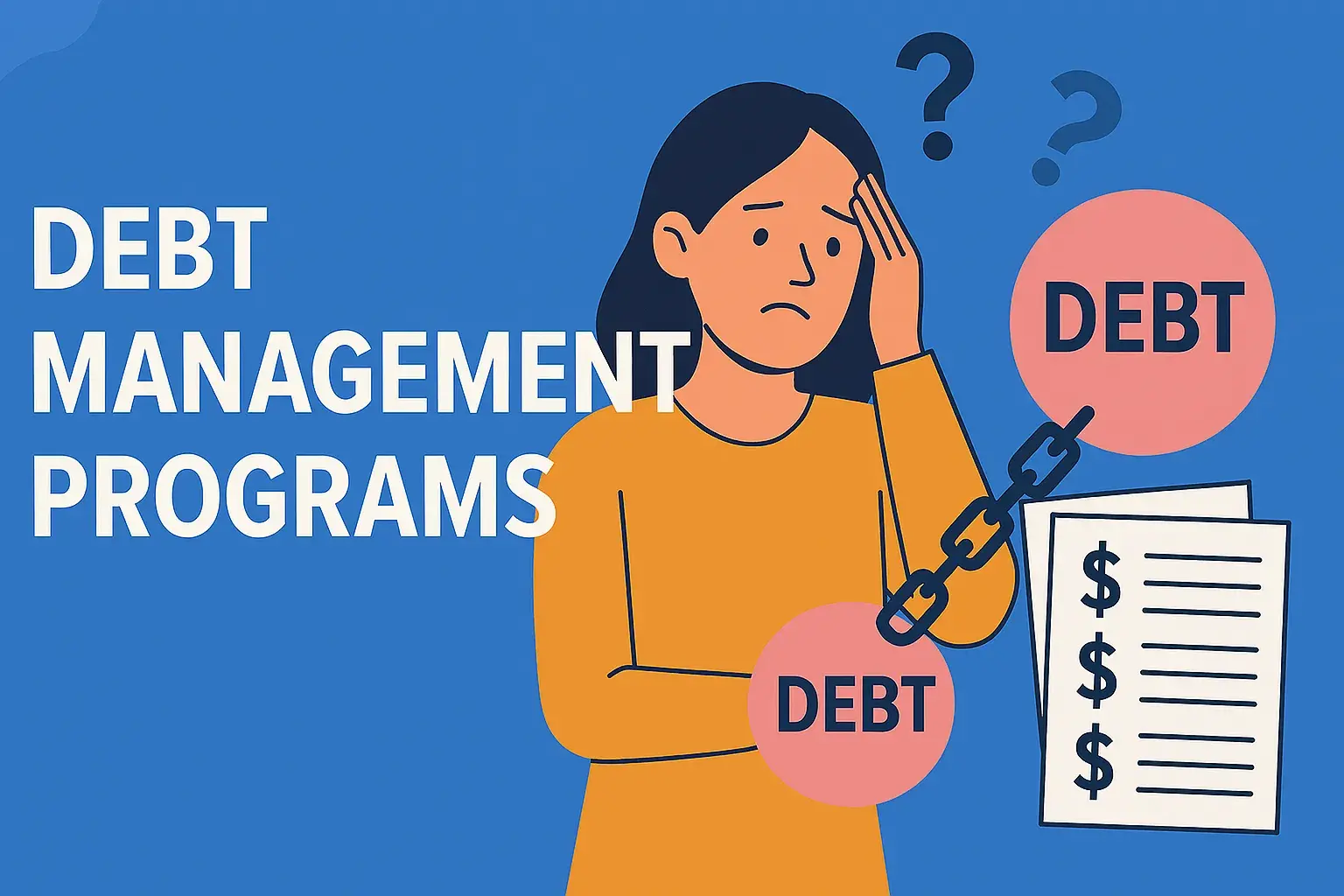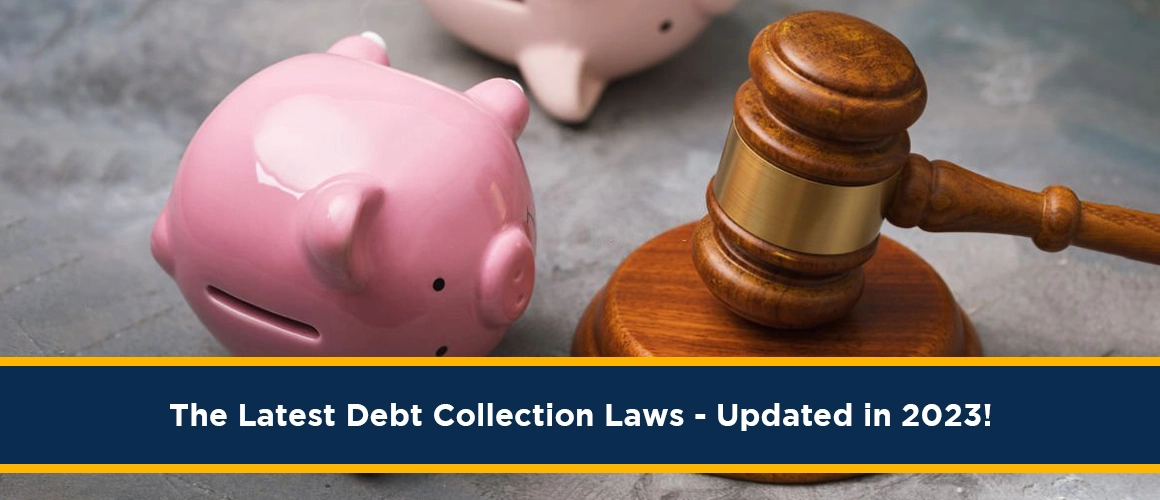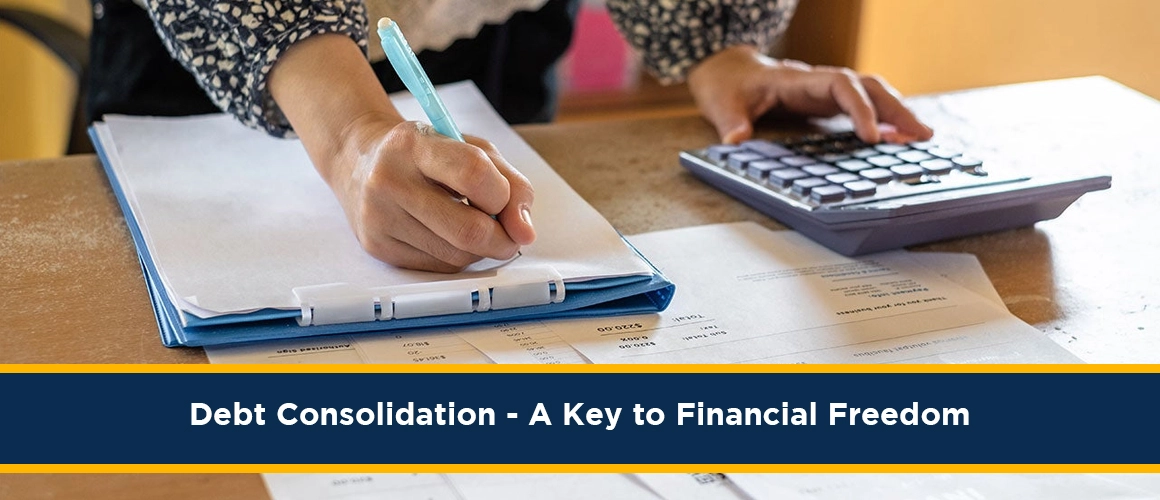Debt Management Programs in 2025: A Complete Guide

Introduction
In the ever-evolving financial landscape of 2025, debt management programs (DMPs) continue to serve as a lifeline for millions of Americans grappling with unsecured debt, particularly credit card balances that have surged amid economic pressures like inflation and rising living costs. According to recent data, the average U.S. household carries over $8,000 in credit card debt, with interest rates averaging around 27%, making repayment feel insurmountable for many. DMPs, offered primarily by nonprofit credit counseling agencies, provide a structured path to consolidate debts, lower interest rates, and achieve debt freedom within three to five years without resorting to loans or bankruptcy.
These programs are especially relevant now, as the Federal Trade Commission (FTC) and Consumer Financial Protection Bureau (CFPB) emphasize consumer protections against scams, while economic forecasts predict modest relief from interest rate cuts. Whether you're overwhelmed by medical bills, personal loans, or high-interest credit cards, a DMP can simplify payments into one affordable monthly sum, often reducing interest from 20-30% to around 8%. However, they're not a one-size-fits-all solution and come with commitments like closing credit accounts and adhering to a strict budget.
This comprehensive guide, drawing from authoritative sources like NerdWallet, Forbes Advisor, Bankrate, and the FTC, will break down what DMPs are, how they operate, their advantages and drawbacks, the best providers in 2025, alternatives, practical tips, and frequently asked questions. By the end, you'll be equipped to decide if a DMP aligns with your financial goals and how to navigate the process safely.
What Are Debt Management Programs?
Debt management programs are formalized repayment plans designed to help individuals pay off unsecured debts—such as credit cards, medical bills, personal loans, and certain collection accounts—through negotiated terms with creditors. Unlike debt settlement or consolidation loans, DMPs don't involve borrowing more money or forgiving portions of debt; instead, they focus on making existing debts more manageable by lowering interest rates, waiving fees, and consolidating payments into a single monthly installment handled by a credit counseling agency.
Typically administered by nonprofit organizations accredited by bodies like the National Foundation for Credit Counseling (NFCC) or the Financial Counseling Association of America (FCAA), these programs prioritize consumer education and long-term financial health. In 2025, with credit card debt climbing to unsustainable levels—up 33% over the last five years—DMPs have become a go-to option for those with steady incomes but struggling with high-interest burdens.
Key features include:
- No Loan Required: Participants don't take out new debt; the program restructures existing obligations.
- Unsecured Debts Only: Secured debts like mortgages or auto loans are excluded, as they involve collateral.
- Duration: Most plans span 3-5 years, allowing for gradual payoff while building better habits.
- Fees: Modest setup (around $30-75) and monthly maintenance fees ($20-70), often capped and sometimes waived based on hardship.
- Education Component: Agencies provide free budgeting tools, financial counseling, and resources to prevent future debt.
DMPs differ from other relief options: Debt settlement forgives debt but damages credit severely, while consolidation loans require good credit scores. Ideal candidates have at least $7,500 in unsecured debt, a stable income, and a willingness to commit to budgeting. However, they're not suitable for everyone—if debts exceed 50% of income, alternatives like bankruptcy may be necessary.
In essence, DMPs empower consumers by acting as intermediaries, negotiating better terms, and fostering financial literacy, but success hinges on discipline and choosing a reputable provider.
How Do Debt Management Programs Work?
Understanding the mechanics of a debt management program is crucial before enrolling. The process begins with a free consultation from a certified credit counselor at a nonprofit agency. During this 20-30 minute session, the counselor reviews your income, expenses, debts, and credit reports to assess if a DMP fits or if another option is better.
If approved, the counselor contacts your creditors to negotiate reduced interest rates (often from 22% to 8%), waived fees, and a consolidated payment plan. You then make one fixed monthly payment to the agency, which distributes funds to creditors. This simplifies budgeting and stops collection calls, as long as payments are timely.
Step-by-step breakdown:
- Initial Assessment: Provide financial details; counselor creates a budget and proposes a plan.
- Enrollment: Sign an agreement; pay a one-time setup fee (e.g., $39 at American Consumer Credit Counseling).
- Negotiation: Agency secures concessions; not all creditors participate, but most major ones do.
- Payment and Monitoring: Deposit monthly (including a small fee, like $25 average at Money Management International); track progress via online dashboards.
- Completion: After 3-5 years, debts are paid; agency provides a completion certificate, potentially boosting credit.
During the program, credit cards are typically closed to prevent new debt, and participants receive ongoing education on budgeting and credit. Credit scores may dip initially from account closures but improve with on-time payments, which comprise 35% of FICO scores.
In 2025, agencies like GreenPath have helped over 65,000 households eliminate $200 million in debt, showcasing efficacy. However, missed payments can cancel the plan, reinstating original terms. Always verify creditor agreements in writing.
Pros and Cons of Debt Management Programs
Like any financial tool, DMPs have benefits and drawbacks that should be weighed carefully.
Pros:
- Lower Interest and Fees: Rates drop to 7-9%, saving thousands; e.g., clients save $140/month on average.
- Simplified Payments: One monthly bill reduces stress and errors.
- Faster Debt Payoff: 3-5 years timeline, with potential credit score boosts (up to 62 points in two years).
- Professional Guidance: Free counseling and education prevent recurrence.
- Stops Harassment: Creditors halt calls upon enrollment.
- Minimal Credit Impact: Less damaging than settlement or bankruptcy if completed.
- Affordable Fees: Capped and often waived for hardship.
Cons:
- Limited to Unsecured Debt: Excludes mortgages, auto loans, student loans.
- Account Closures: Restricts credit access, potentially lowering scores initially.
- Long Commitment: 3-5 years; early exit may void benefits.
- Fees Add Up: Though low, they total $500-1,000 over the plan.
- Not All Creditors Participate: Some refuse negotiations.
- No Debt Forgiveness: Full balance paid, unlike settlement.
- Doesn't Fix Overspending: Requires personal discipline.
Overall, pros outweigh cons for those with manageable incomes, but consult the FTC for scam warnings.
Best Debt Management Programs in 2025
Based on reviews from NerdWallet, Forbes, and Bankrate, here are top DMP providers for 2025. Selection criteria include fees, services, customer satisfaction (e.g., A+ BBB ratings), and availability.
| Company | Fees | Services | Availability | Unique Features | Customer Ratings |
|---|---|---|---|---|---|
| American Consumer Credit Counseling | Enrollment: $39; Monthly: $7-$70 | DMP, bankruptcy/housing counseling | All 50 states | Transparent fees, digital dashboard | A+ BBB; High satisfaction |
| Money Management International | Enrollment: $38 avg ($75 max); Monthly: $27 avg ($59 max) | DMP, student loan/disaster counseling | Nationwide | 24/7 support, 62-point credit boost | A+ BBB; 4.7/5 Trustpilot |
| GreenPath Financial Wellness | Enrollment: $35 avg; Monthly: $28 avg | DMP, housing/student counseling | All 50 states | Helped eliminate $200M+ debt | A+ BBB; Strong reviews |
| Cambridge Credit Counseling | Enrollment: $40 avg ($75 max); Monthly: $30 avg ($50 max) | DMP, bankruptcy/housing | Nationwide | Reduces rates to 8%, $140/month savings | A+ BBB |
| InCharge Debt Solutions | Enrollment: $75; Monthly: $33 avg | DMP, financial education | 16 states | 8.4% avg interest rate | A+ BBB; 97% satisfaction |
These nonprofits are NFCC/FCAA members, ensuring ethical practices. For example, ACCC stands out for affordability, while MMI excels in credit improvement.
Alternatives to Debt Management Programs
If a DMP doesn't suit, consider:
- Debt Consolidation Loans: Borrow to pay off debts at lower rates; ideal for good credit (670+ FICO).
- Debt Settlement: Negotiate to pay less; risks credit damage and taxes on forgiven debt.
- Balance Transfers: 0% intro APR cards for 6-18 months; fees apply.
- Bankruptcy: Chapter 7/13 for severe cases; long-term credit impact.
- DIY Budgeting: Use apps or calculators for self-management.
Choose based on debt amount and credit health.
Tips for Choosing and Succeeding in a DMP
- Vet Agencies: Check NFCC/FCAA accreditation, BBB ratings, and state licenses.
- Compare Fees/Services: Get written quotes; avoid upfront charges.
- Review Contracts: Ensure all promises are documented.
- Build a Budget: Track expenses to ensure affordability.
- Make Timely Payments: Avoid cancellation.
- Seek Education: Use free resources for long-term success.
- Monitor Progress: Use dashboards; adjust if needed.
Conclusion
Debt management programs in 2025 offer a proven, ethical way to conquer unsecured debt, with top providers like ACCC and MMI leading the charge. While not perfect, their structured approach can save money and rebuild credit. Consult a certified counselor today for personalized advice.
FAQ
- What debts qualify for a DMP? Unsecured like credit cards, medical bills; not secured loans.
- How much do DMPs cost? Setup $30-75; monthly $20-70, often capped.
- Does a DMP hurt credit? Initial dip from closures, but improves with payments.
- Can I exit early? Yes, but benefits may be lost.
- Are DMPs scam-proof? Choose accredited nonprofits; check FTC warnings.
- How long does it take? 3-5 years typically.
- What's the minimum debt? Often $7,500, but varies.
- Can I keep one credit card? Sometimes for emergencies, per agency policy.
Related Stories
Recent Posts
Does Closing a Checking Account Affect Your Credit Score? Here’s the Truth
Is a Home Equity Loan a Second Mortgage? The Definitive 2025 Guide
Which Credit Score is Most Accurate? FICO vs VantageScore
Does Closing a Checking Account Affect Credit Score? – Complete Guide for Consumers
Credit Captain Reviews (2025): Is It Legit, Safe, and Worth It?


